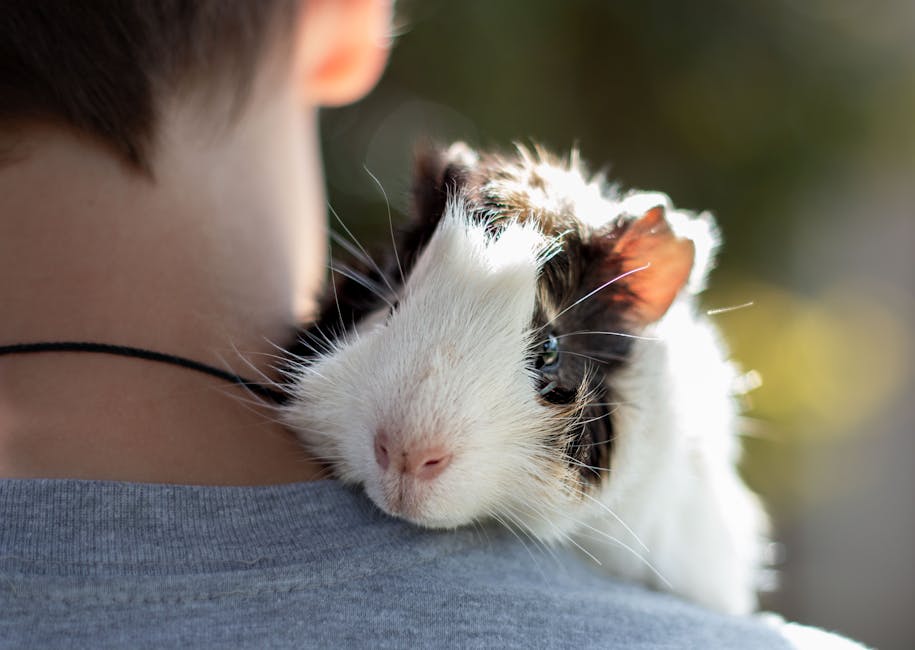Misleading Moniker: Neither from Guinea Nor Pigs
Ironically, guinea pigs are neither pigs nor do they originate from Guinea. In actuality, these small rodents hail from the Andes Mountains of South America. Their misnamed identity adds a humorous twist to their history. The name “guinea pig” probably emerged from traders who brought these creatures to Europe, possibly confused with “Guiana,” a region in South America, accompanied by their pig-like squawks. It’s a real mystery that has puzzled many animal enthusiasts.
Social Butterflies: The Need for Companionship
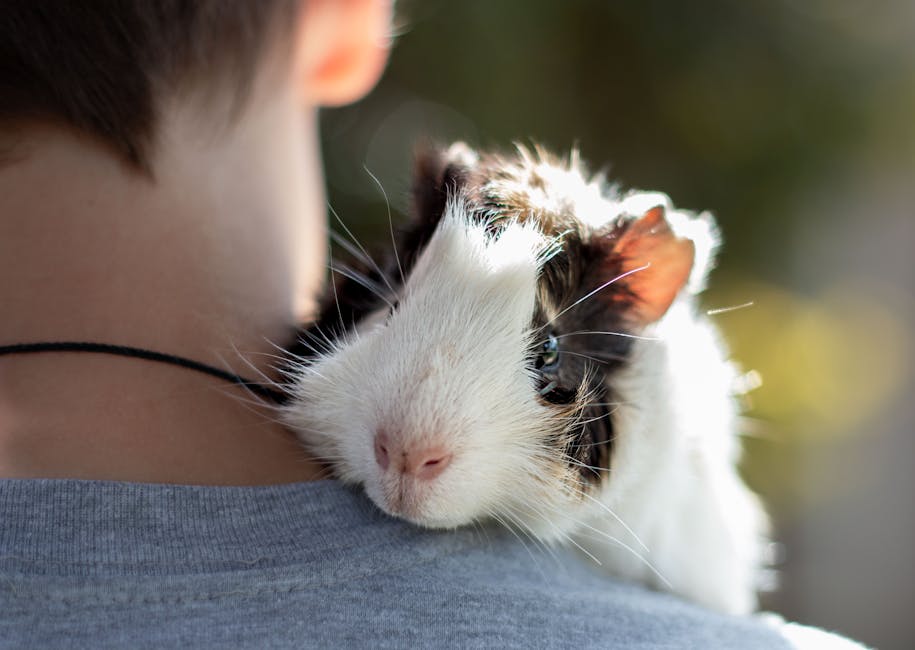
Guinea pigs are undeniable social creatures that thrive best in the company of their own kind. Much like humans crave social interactions, guinea pigs need companionship to lead fulfilling lives. In the wild, they live in herds, forming strong social bonds. Keeping a guinea pig alone could lead to loneliness, affecting their mental health. So, it’s always a good idea to introduce them to a fellow guinea pig pal to keep their spirits high.
Vocal Virtuosos: A Language of Their Own
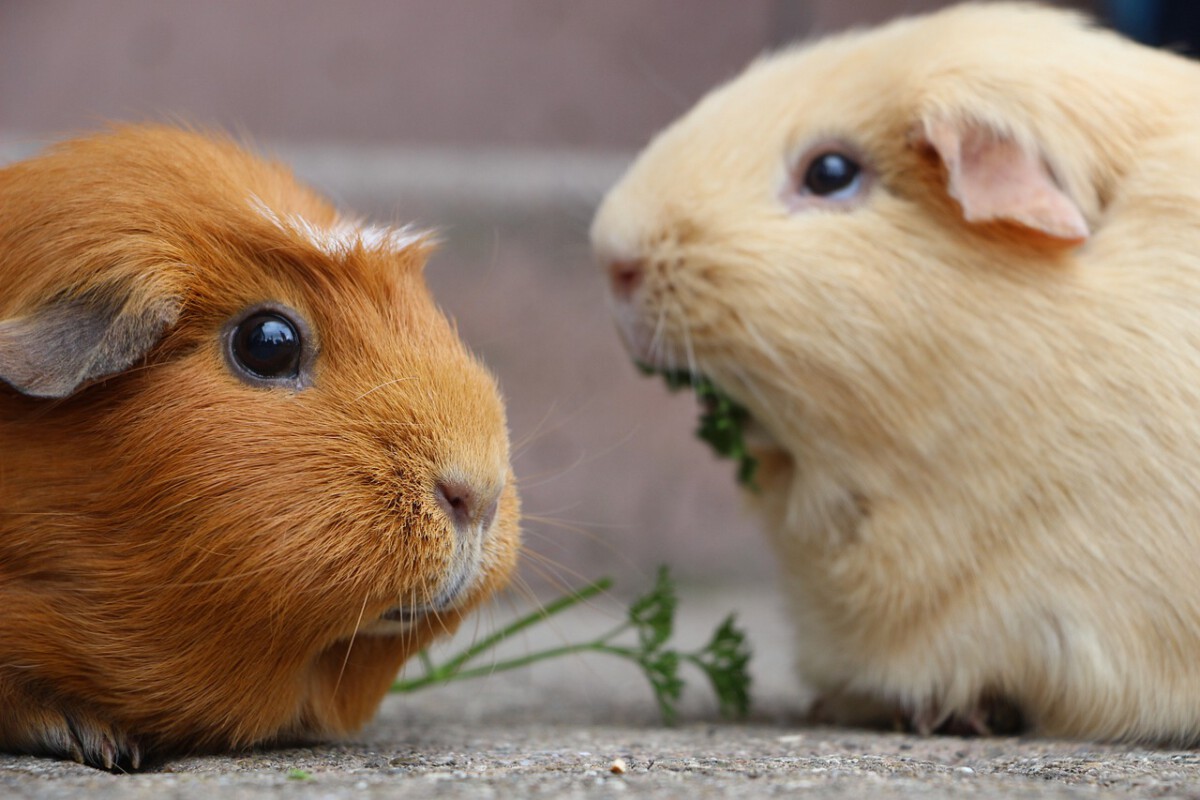
Did you know guinea pigs have an impressive vocal range? These tiny rodents communicate using a language all their own. The infamous “wheek” is a high-pitched squeal they produce when they anticipate getting fed. When content, they might purr like a cat, and when annoyed, they might produce a teeth-chattering sound. These vocal expressions are their ways of letting you know exactly how they feel, making them quite the talkative pets!
Popcorning: The Joyful Jumps
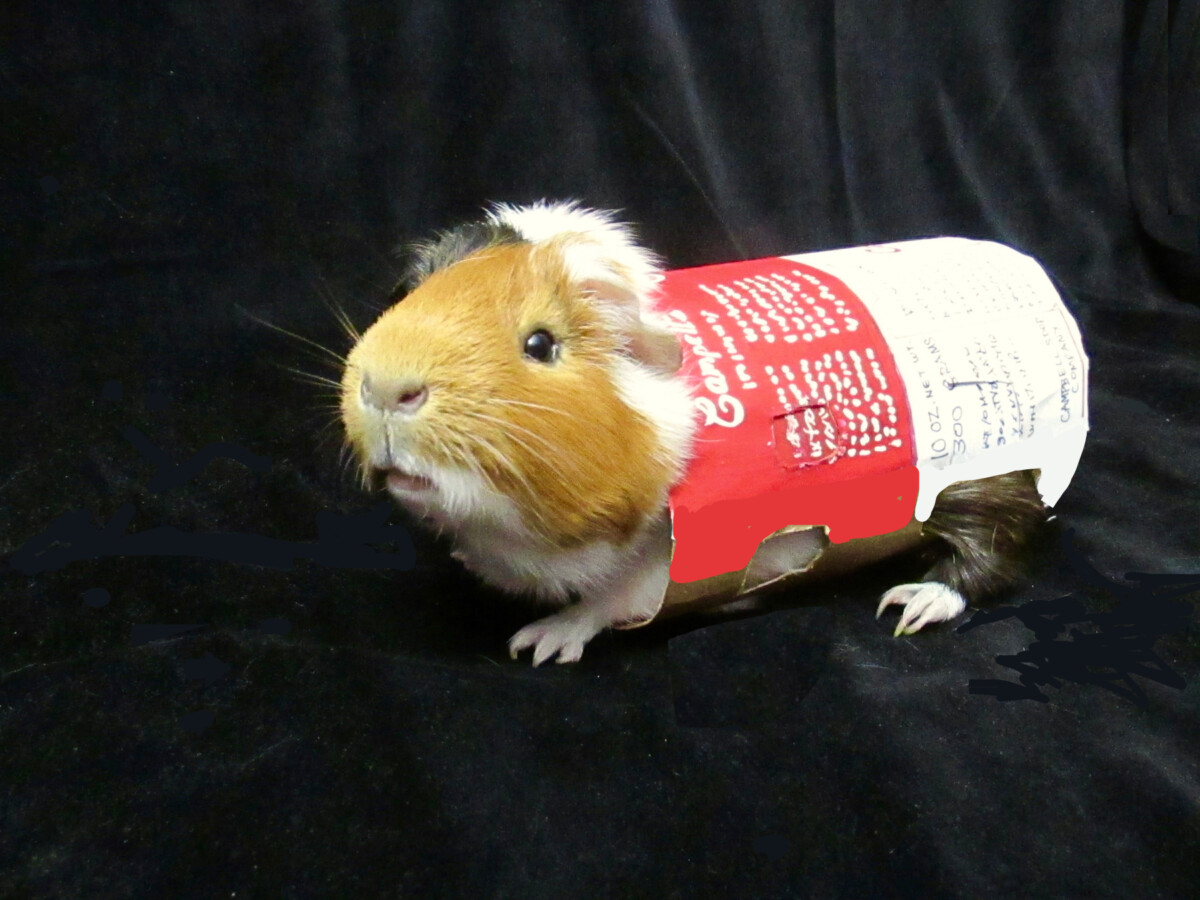
One of the cutest displays of happiness in guinea pigs is popcorning. When excited or overjoyed, they leap into the air repeatedly, much like a corn kernel popping on a hot pan. This adorable action is a sign of sheer delight, often observed during playtime or when presented with a favorite treat. Next time your guinea pig jumps around like popcorn, you’ll know it’s just their way of saying they are ecstatic!
Constantly Growing Teeth: Nature’s Dental Plan

A guinea pig’s teeth never stop growing throughout its lifetime. While this might sound alarming, it’s perfectly normal for them. They need to gnaw on fibrous materials like hay regularly to wear their teeth down naturally, preventing them from becoming too long. Providing your guinea pig with ample chewing opportunities ensures their teeth remain healthy and well-maintained.
Unique Toes: An Odd Numbering
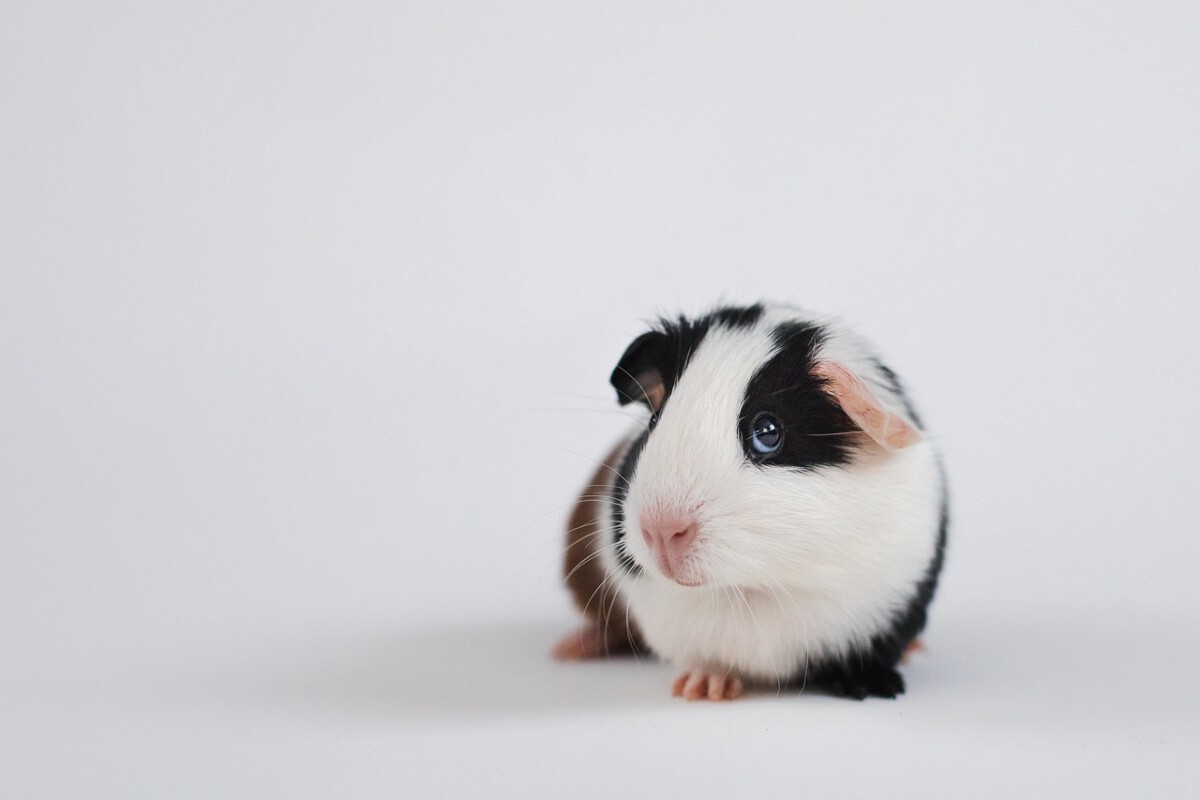
A curious feature of guinea pigs is their peculiar toe arrangement. With four toes on their front feet and only three on their back feet, they defy the usual symmetry found in animals. This unique numbering aids their movement and provides stability. However, to prevent overgrowth, it’s crucial to give their nails regular trims, ensuring relaxed and comfortable scurrying.
Precocial Pups: Born Ready
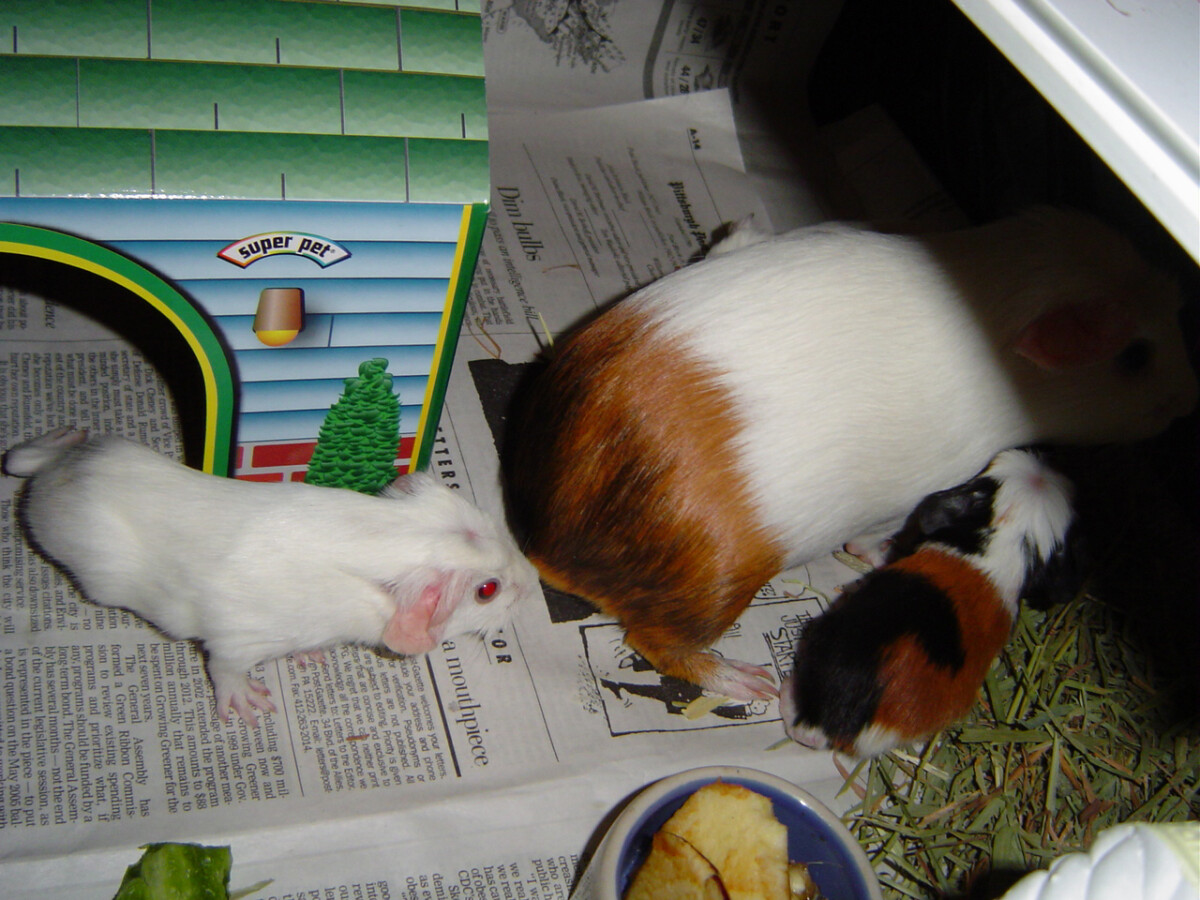
Remarkably, guinea pig babies, or pups, are born ready for the world. Unlike many small mammals, these infants arrive fully furred, with open eyes, and are able to munch on solid food within hours. This phenomenon is known as being precocial and is relatively rare. Seeing these pups makes it even more astounding how nature perfects its creatures for survival straight from birth.
Vitamin C Dependency: A Shared Trait with Humans
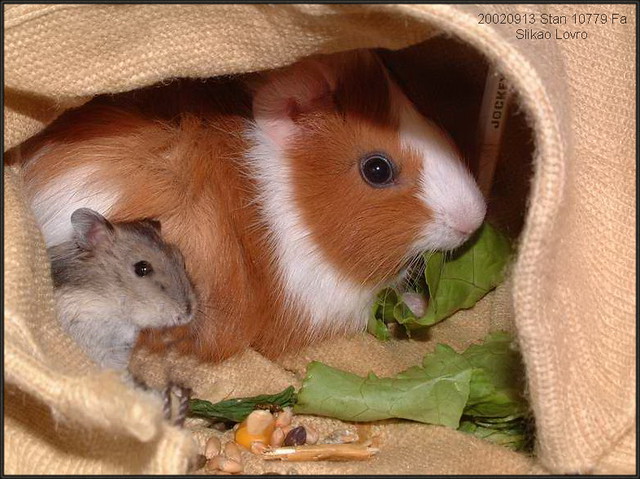
One might not expect it, but guinea pigs share a peculiar dietary requirement with humans. Like us, they cannot synthesize vitamin C on their own. As a result, they require a diet rich in this nutrient to stave off scurvy, a potentially life-threatening disease. Including fresh vegetables like bell peppers or specially formulated pellets in their diet ensures they get the essential vitamin boost they need.
Historical Healers: Folk Medicine Practitioners
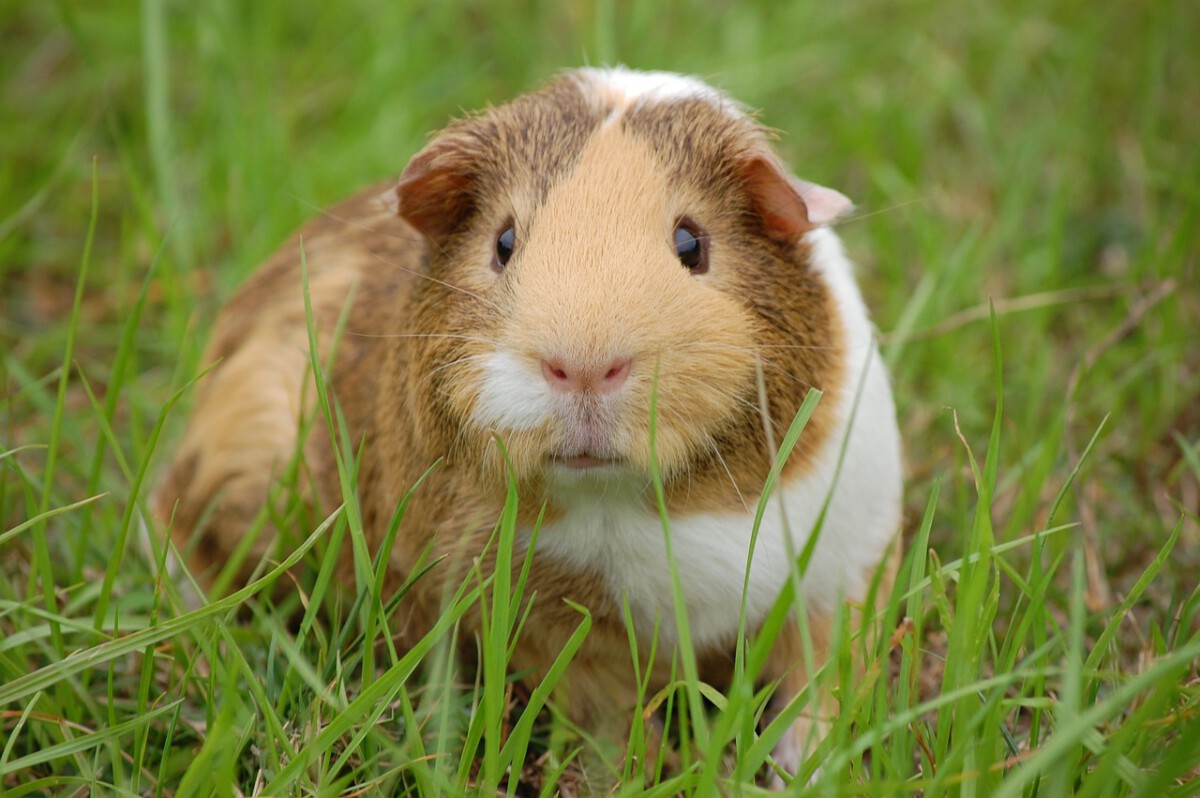
In certain Andean cultures, guinea pigs have been more than just pets; they’ve been part of traditional folk medicine. Healers once used them to diagnose diseases by rubbing them over a patient’s body, interpreting the guinea pig’s reactions as diagnostic clues. While this practice lacks scientific validation, it speaks volumes about the cultural significance these animals held in their native regions.
Diverse Breeds: A Spectrum of Coats and Colors
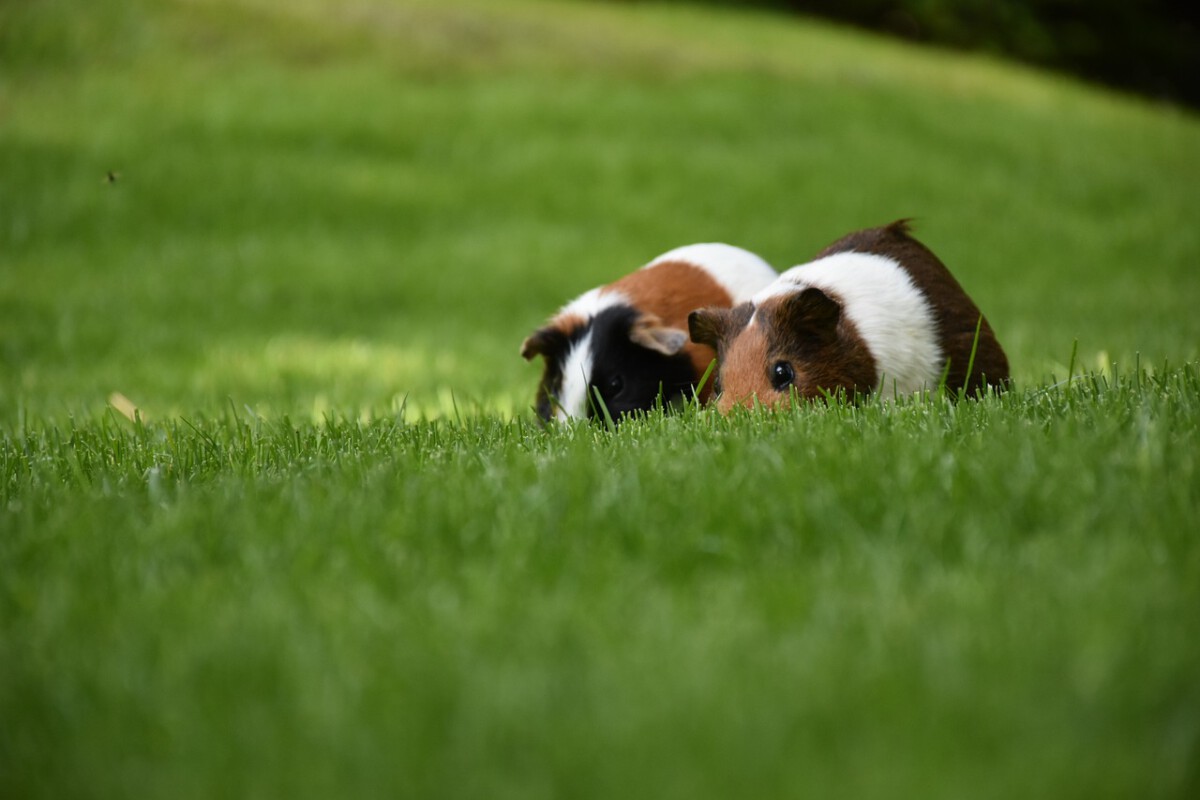
The world of guinea pigs is diverse, each breed showcasing a variety of coats and colors. From the long, luxurious locks of the Peruvian to the curly-coiled Texel, guinea pigs present a delightful spectrum of appearances. This variety allows enthusiasts to choose a breed that perfectly matches their aesthetic preferences, further endearing them to pet lovers everywhere.
Record-Breaking Longevity: A Testament to Care
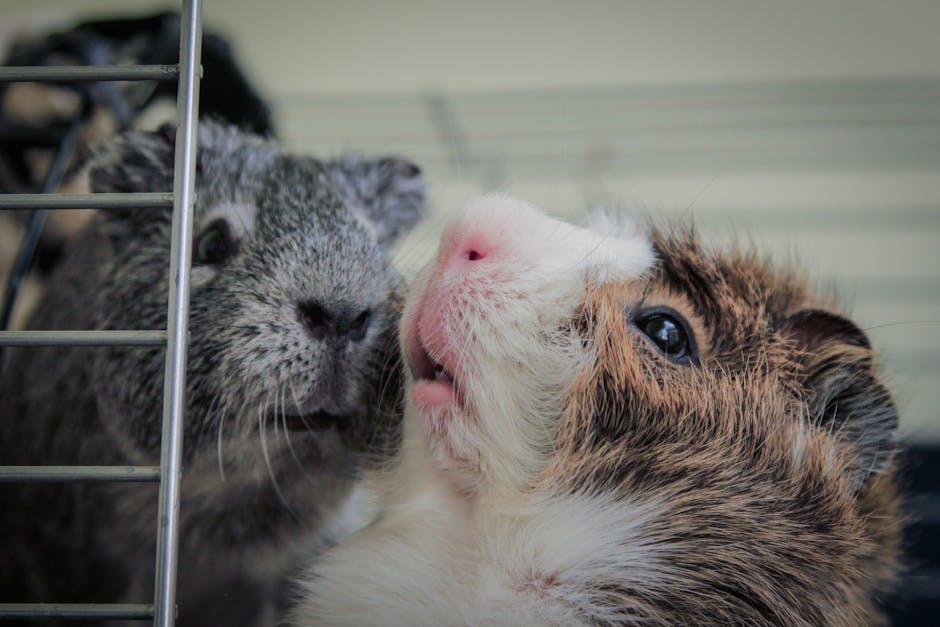
Typically, guinea pigs live between 4 to 8 years, which is quite good for a small pet. However, the longest-lived guinea pig on record, named Snowball, exceeded expectations by reaching a ripe old age of 14 years and 10.5 months. This remarkable longevity is a testament to the impact of excellent care, proper diet, and a loving environment, proving that with dedication, guinea pigs can be a long-term companion.
Source

